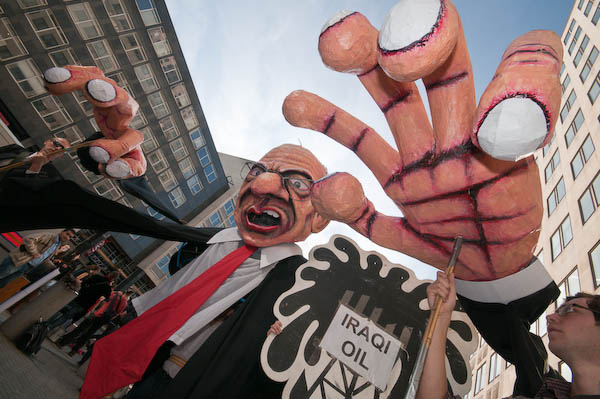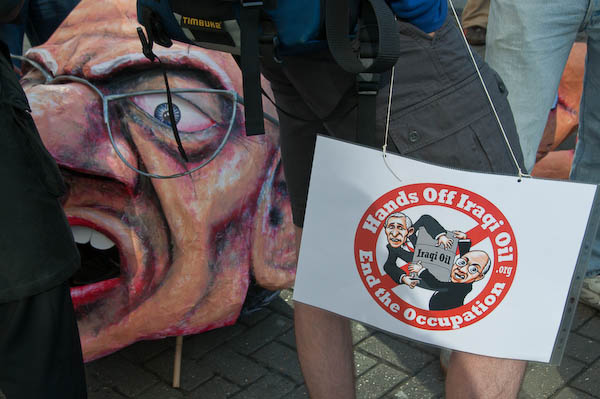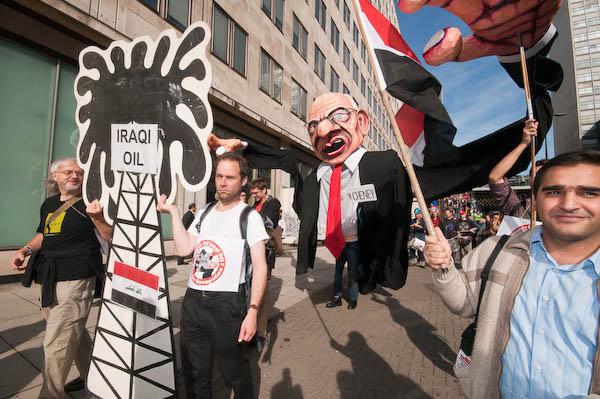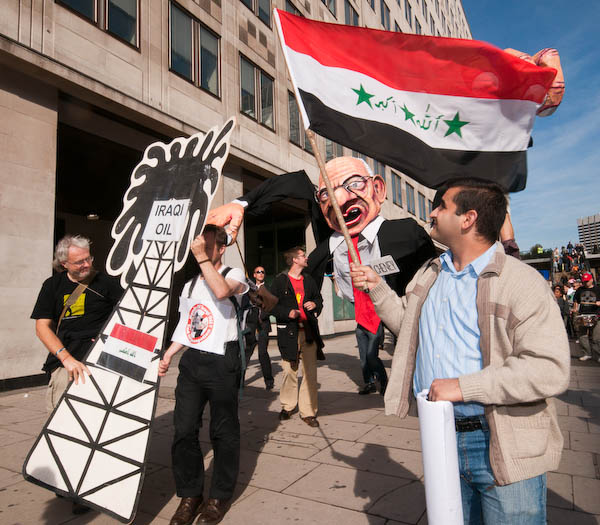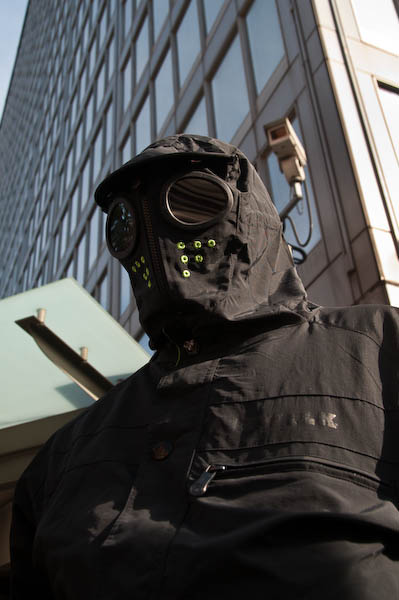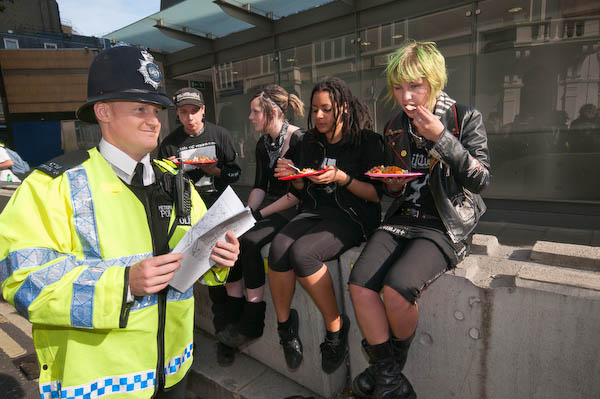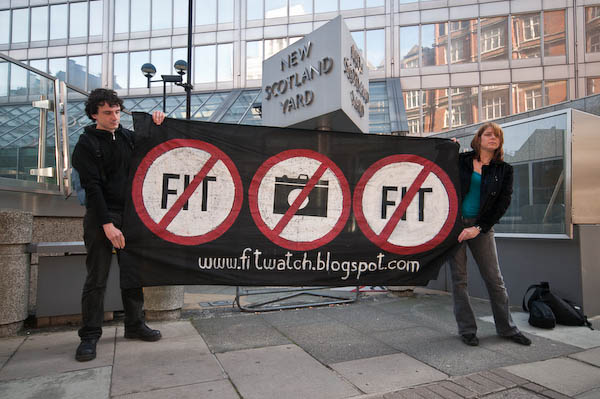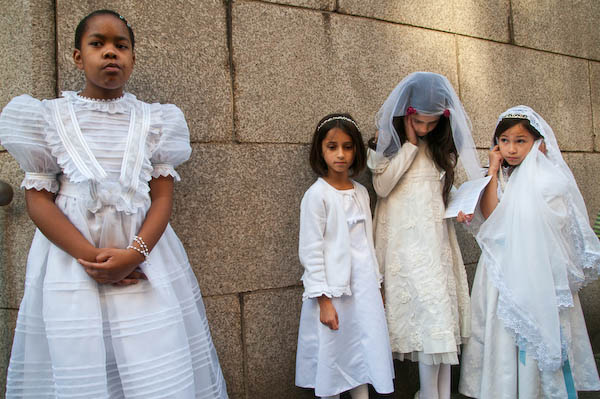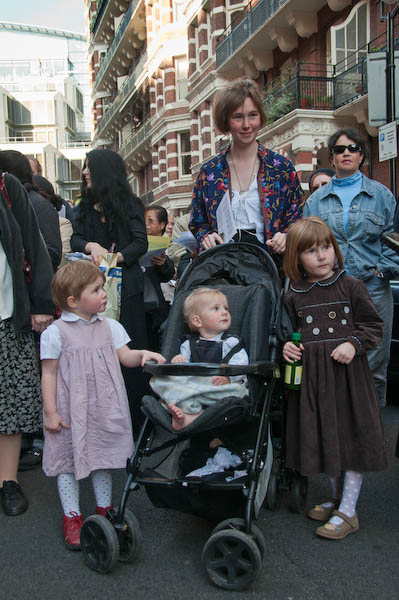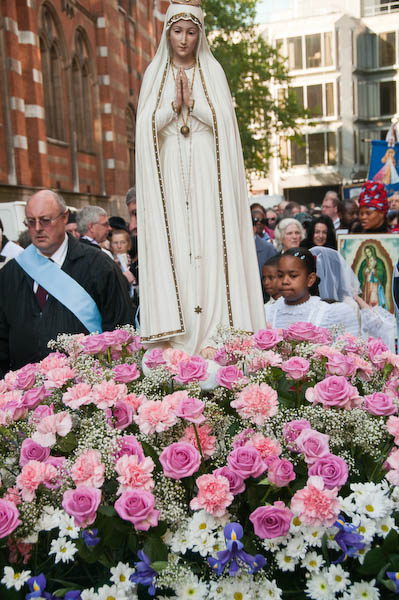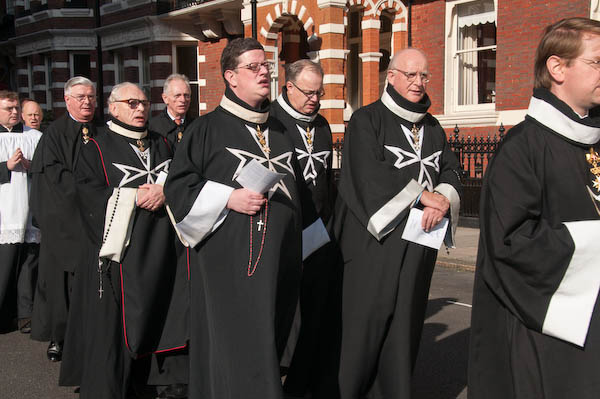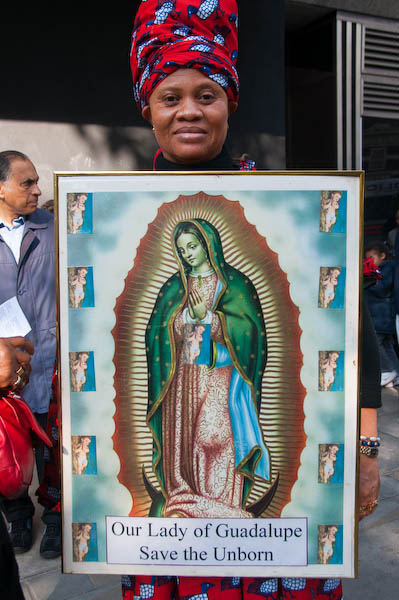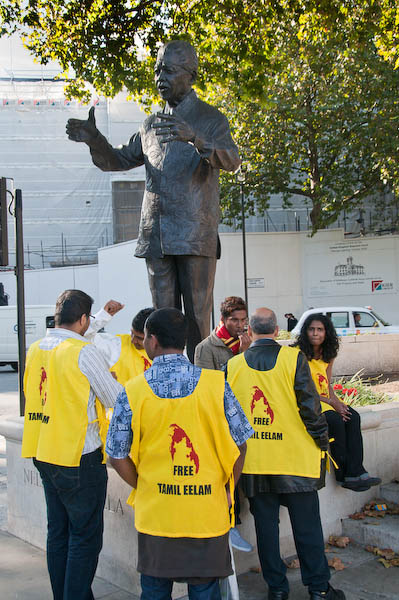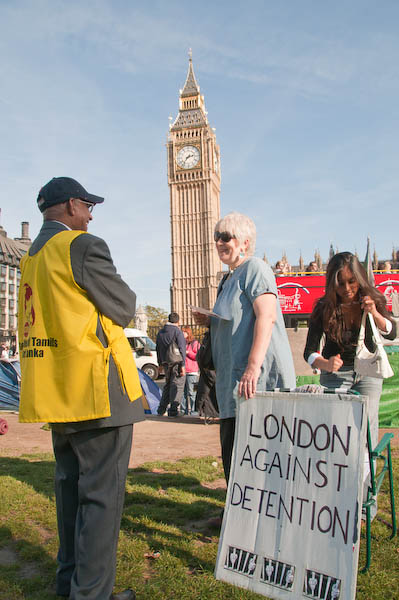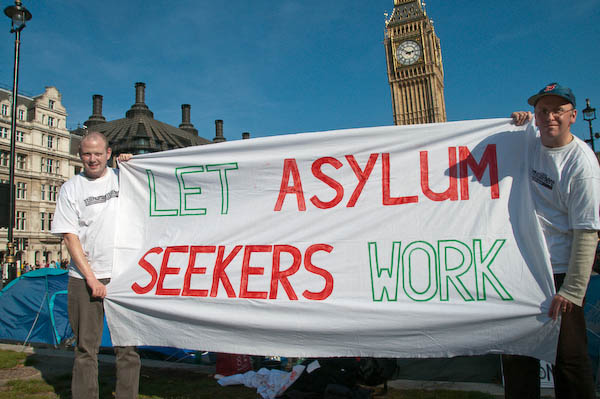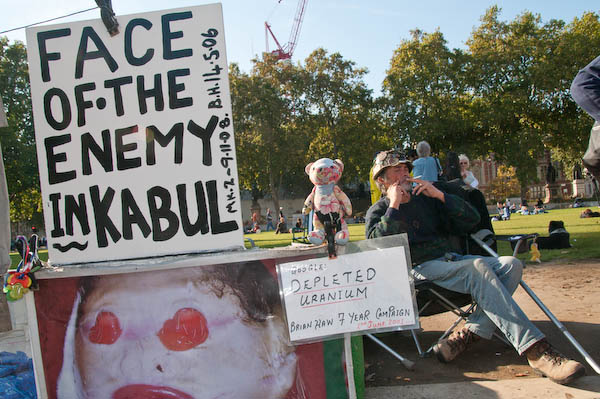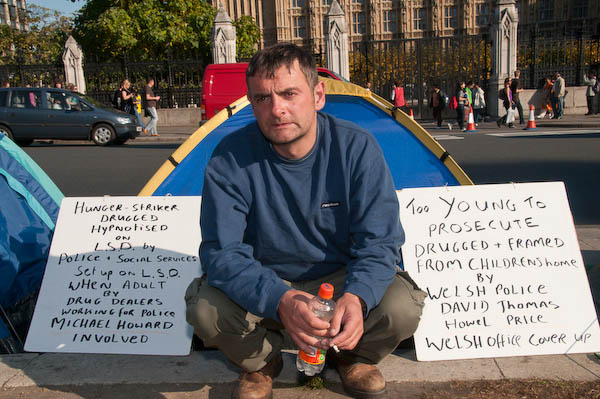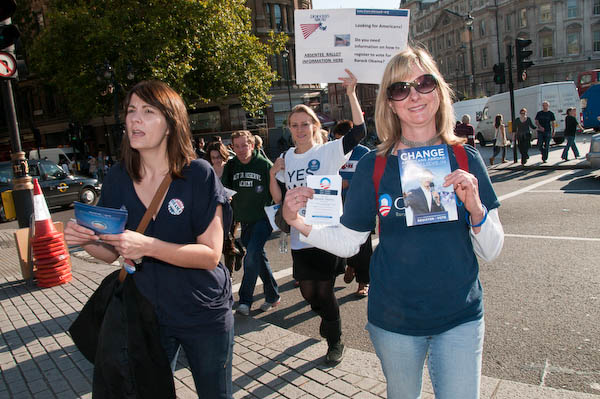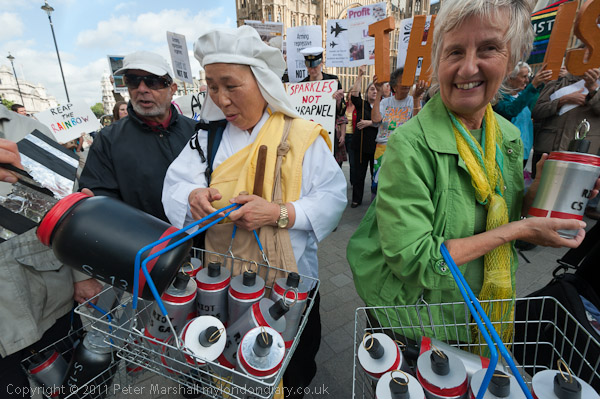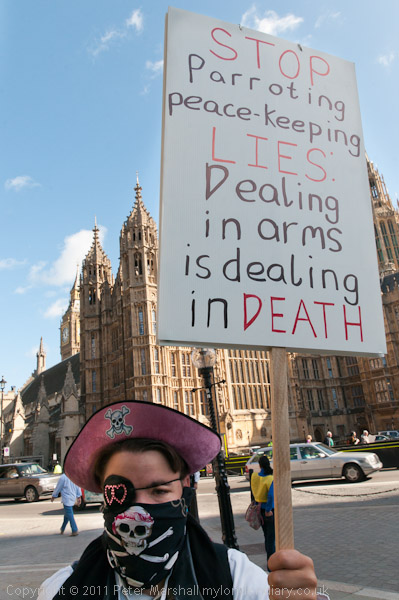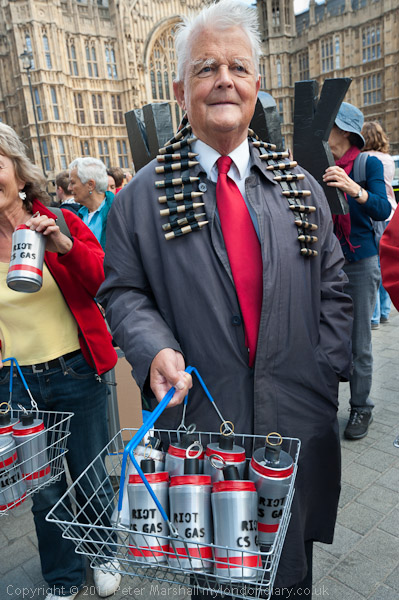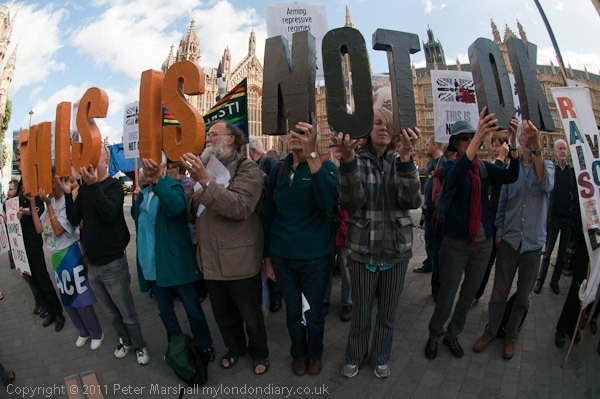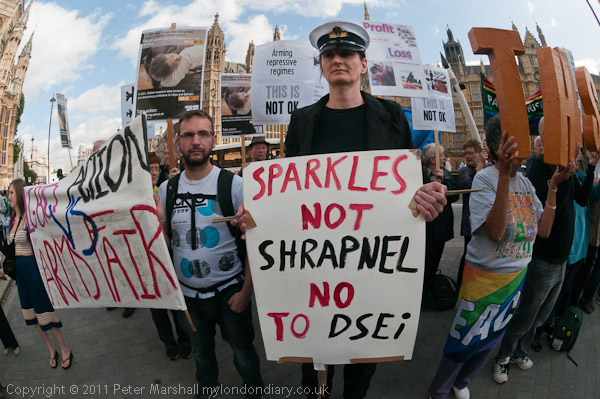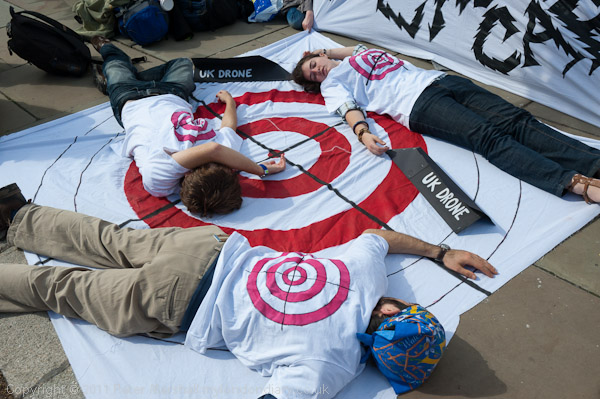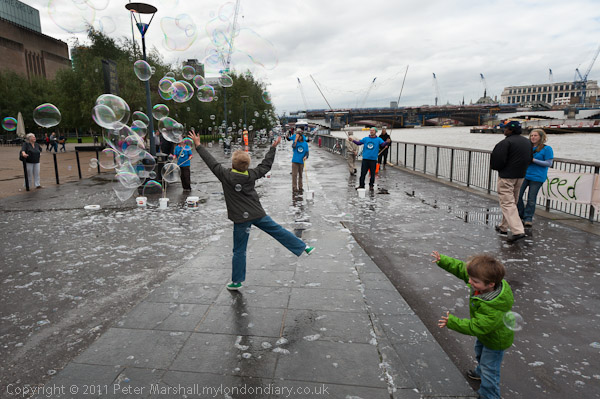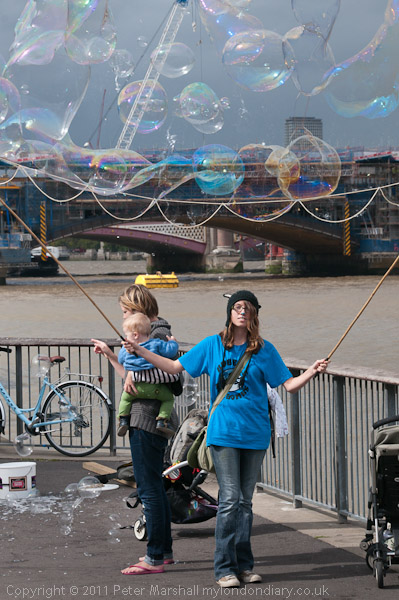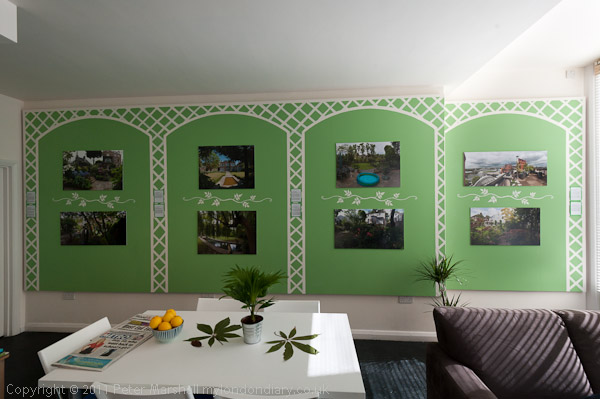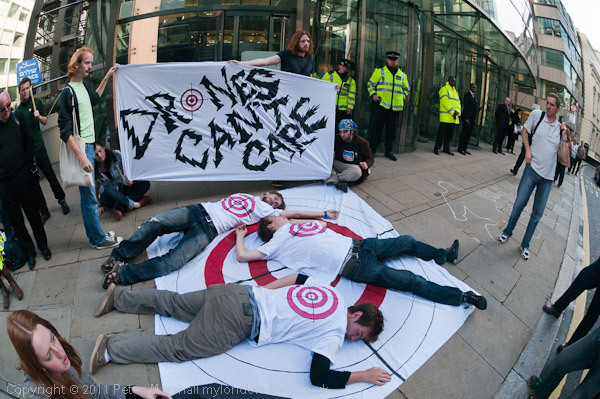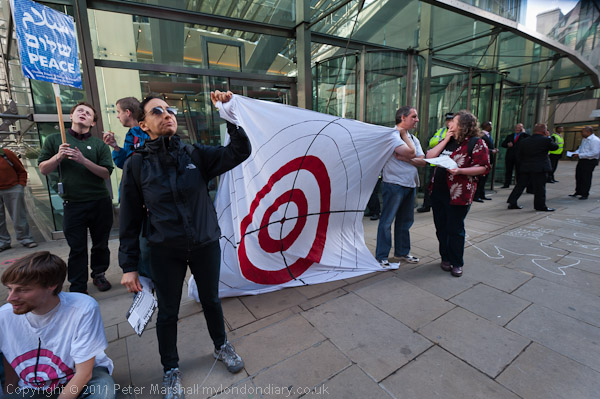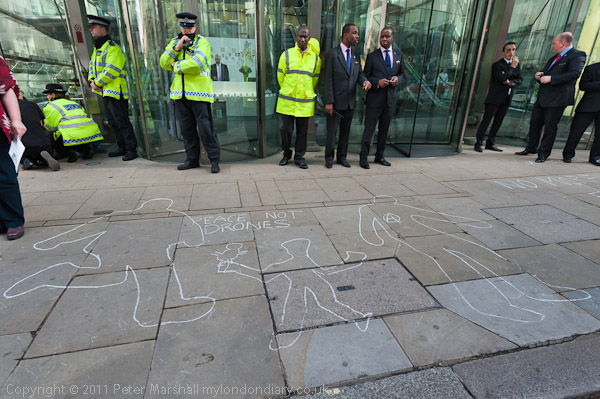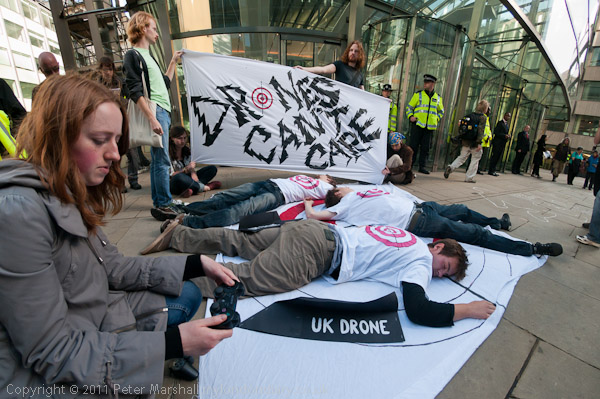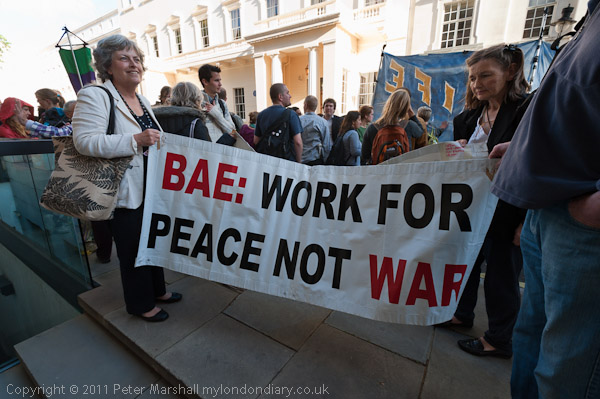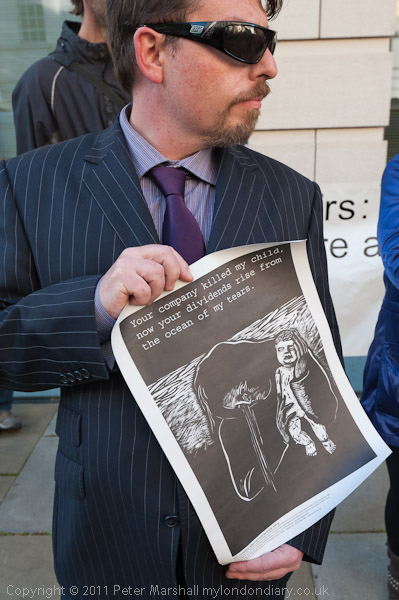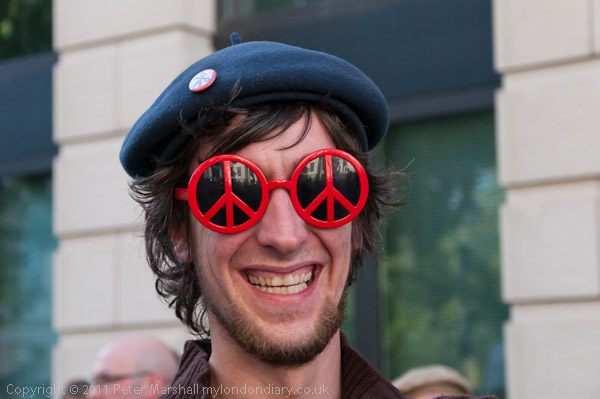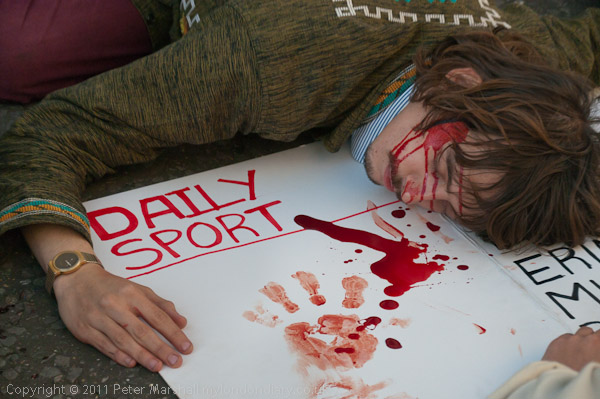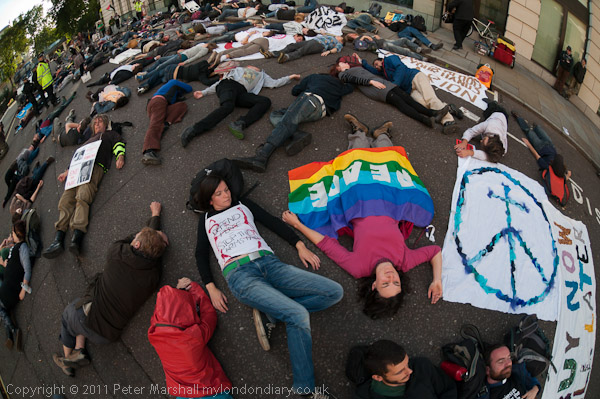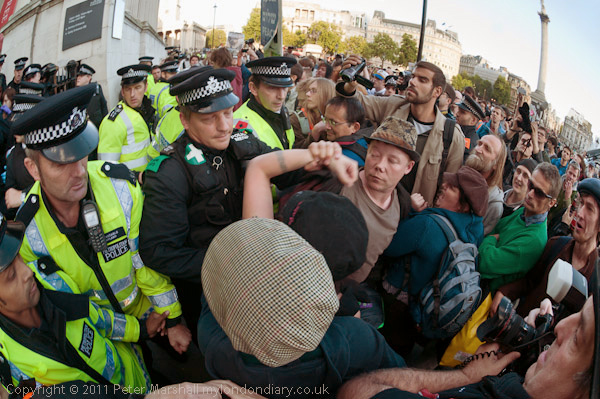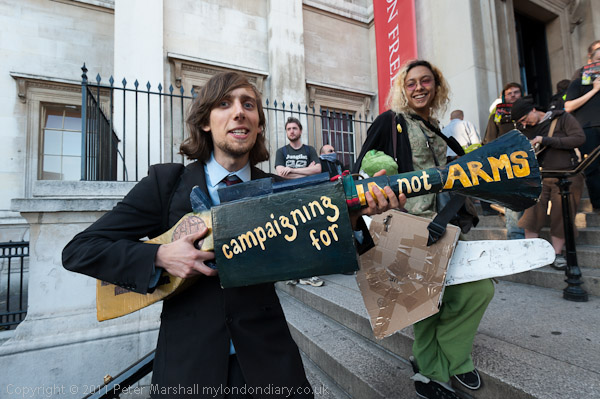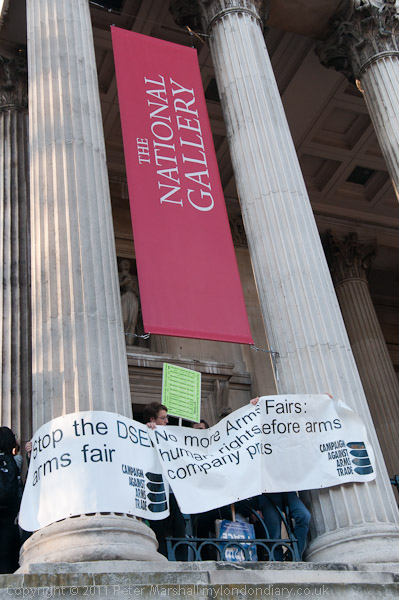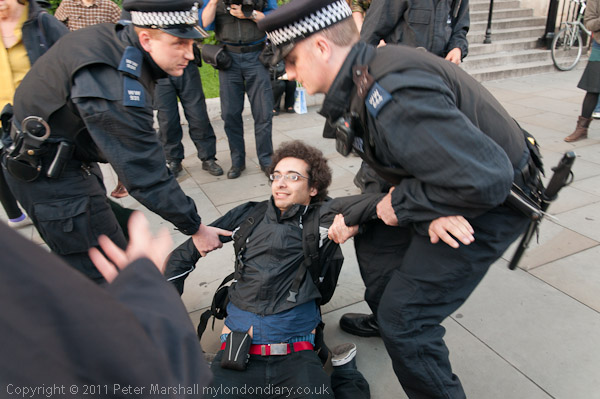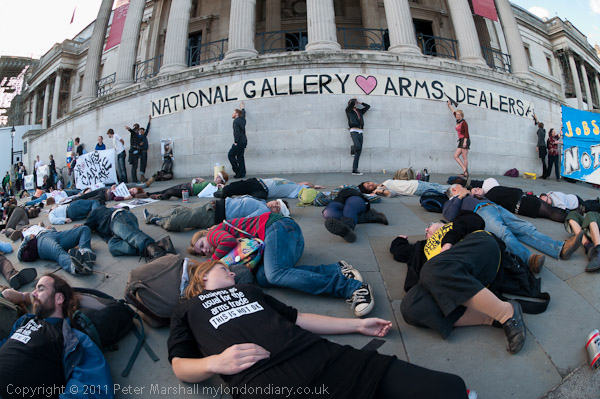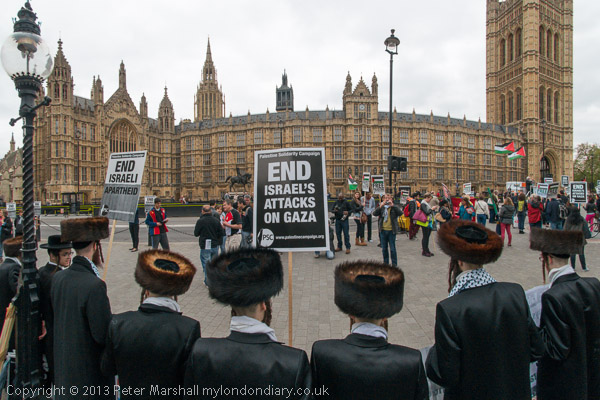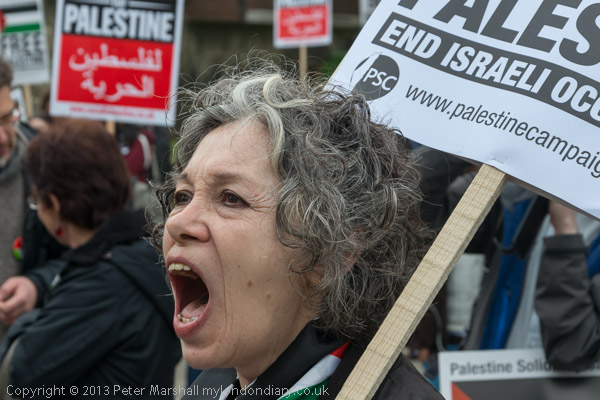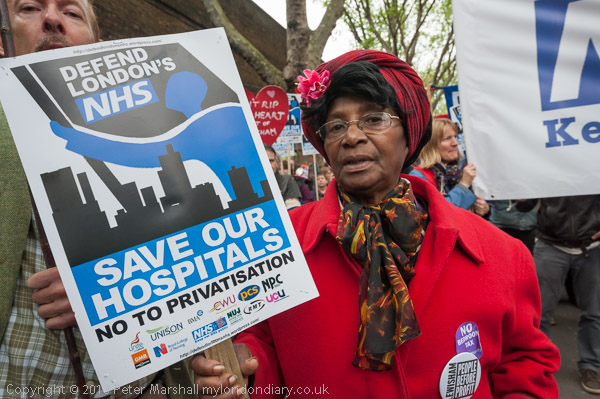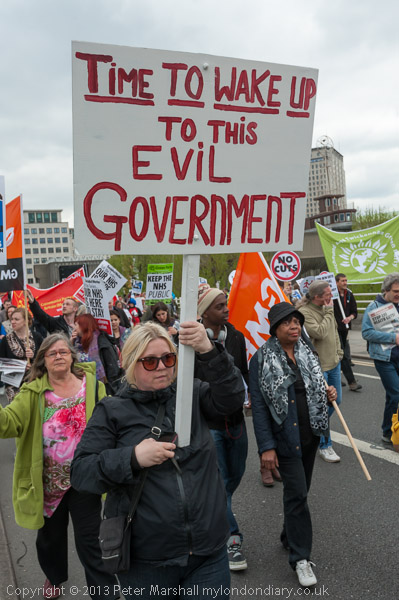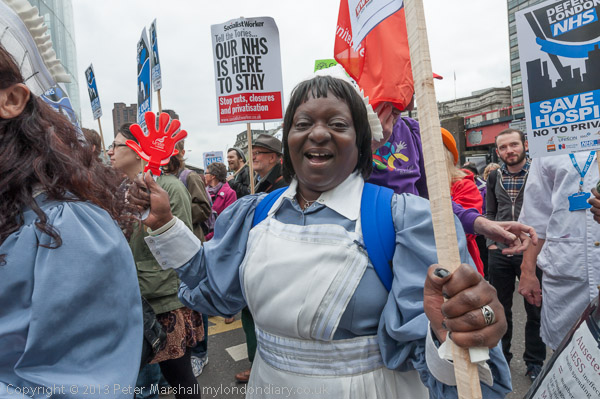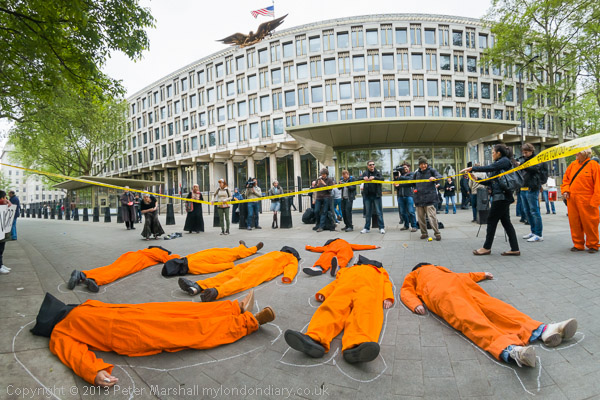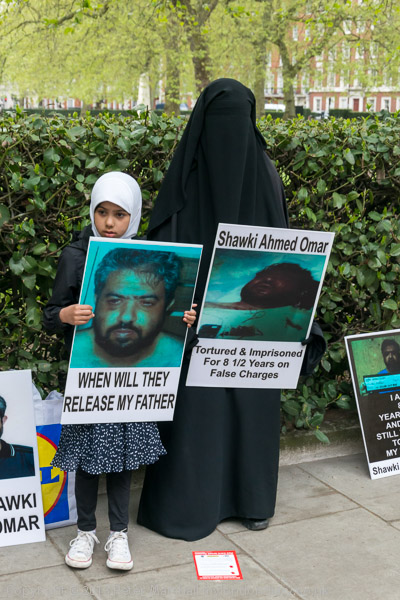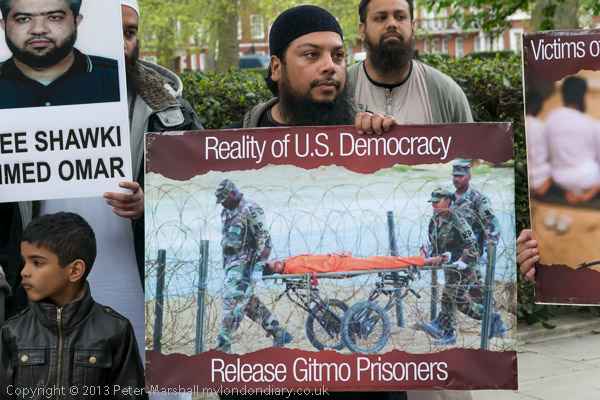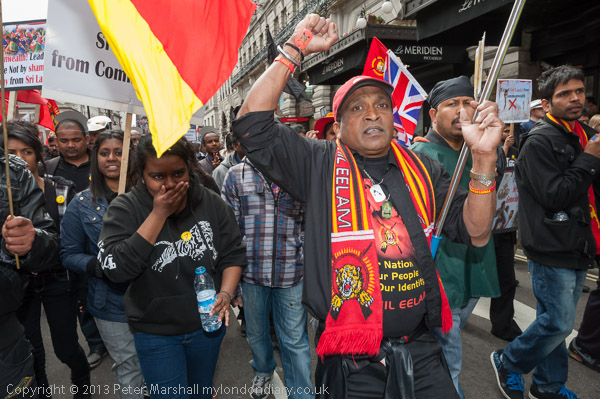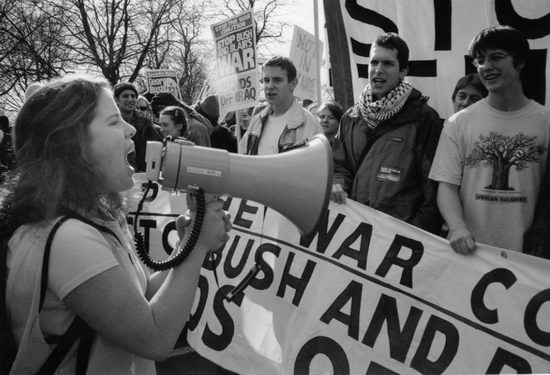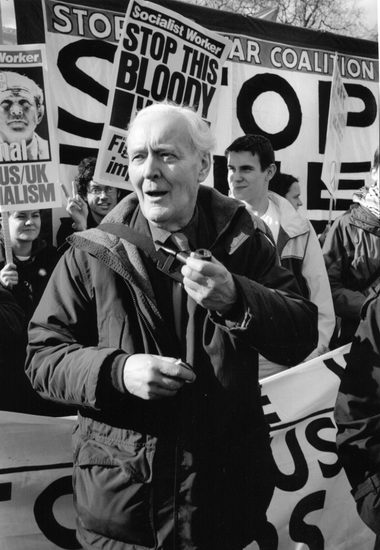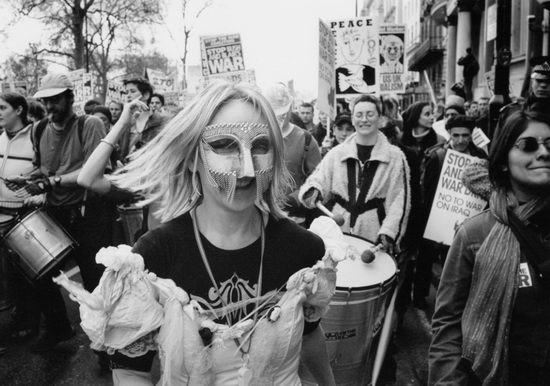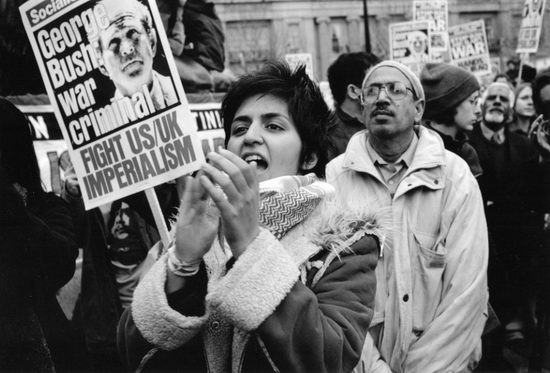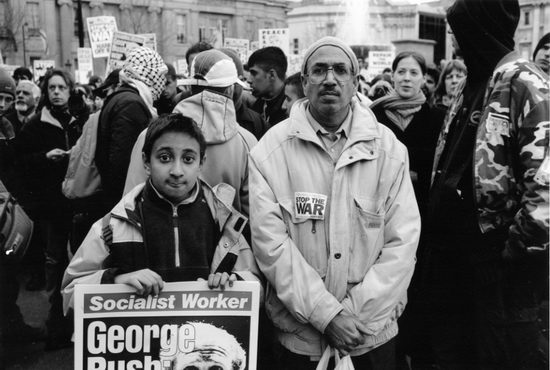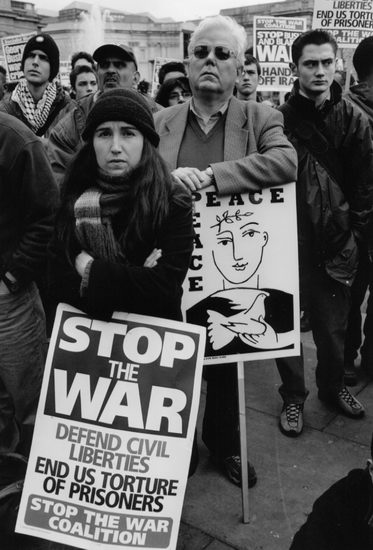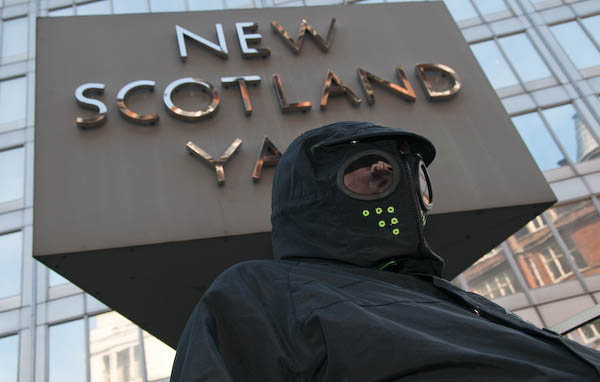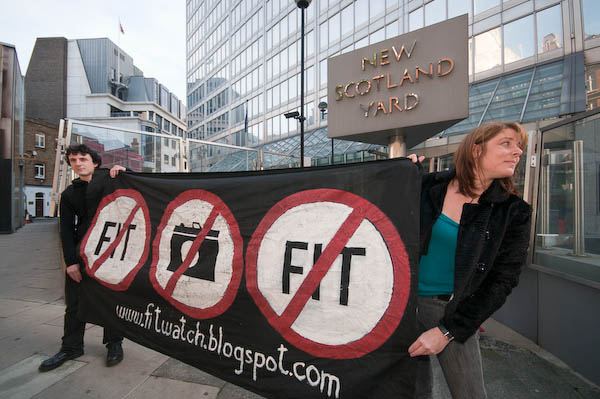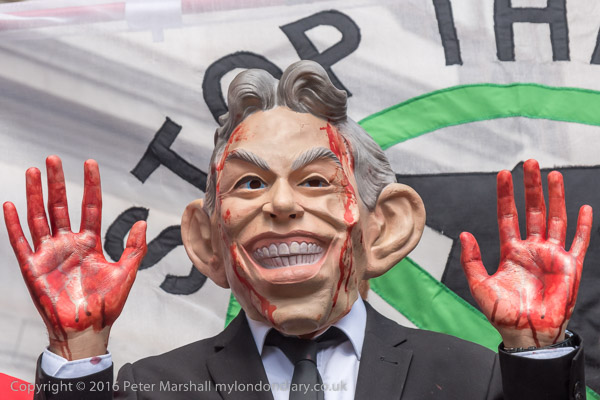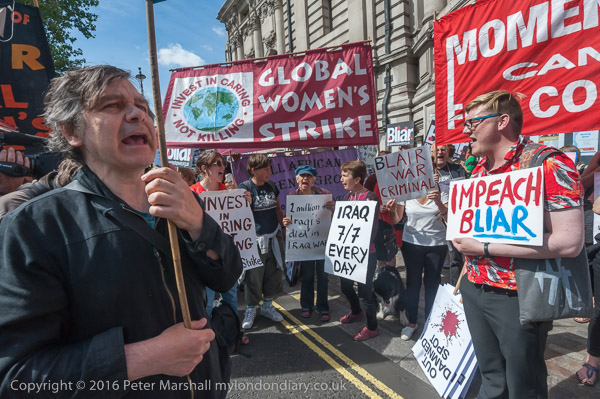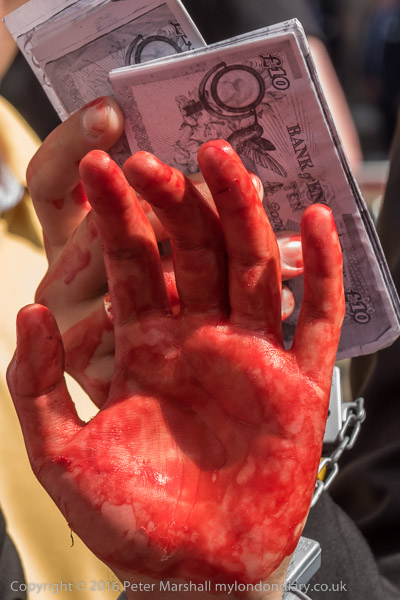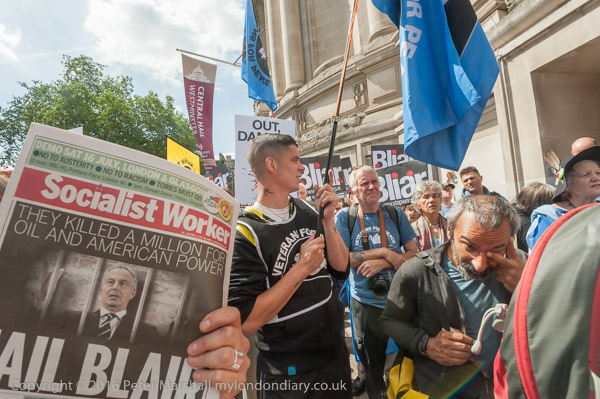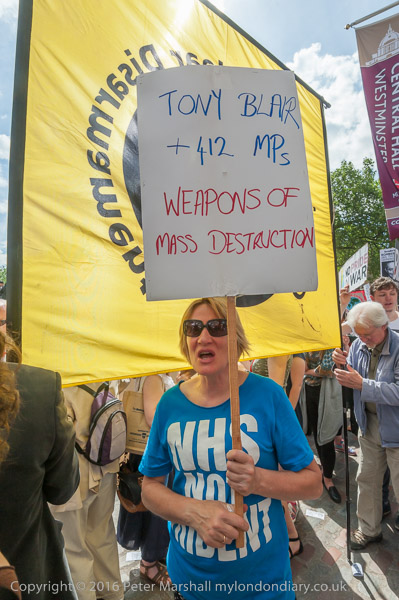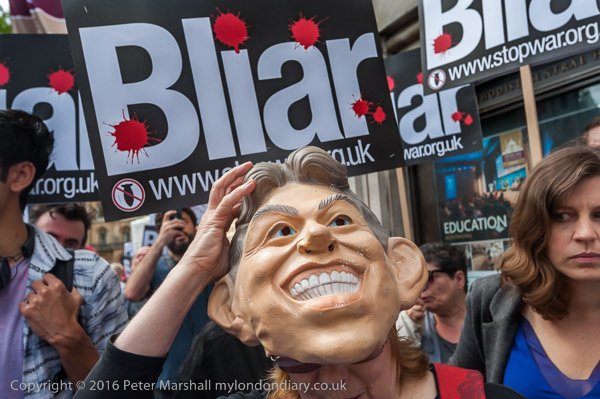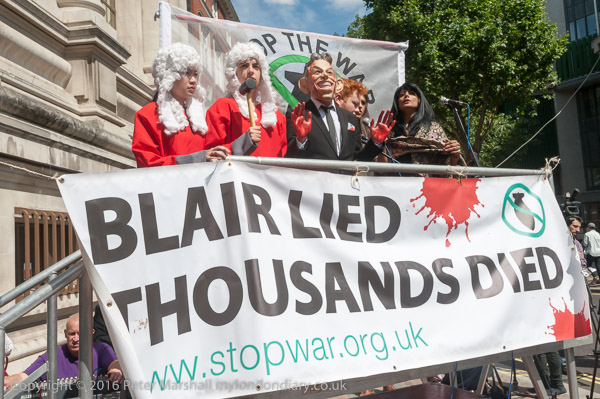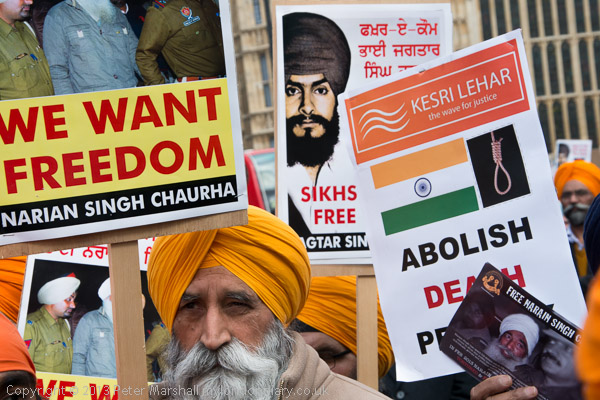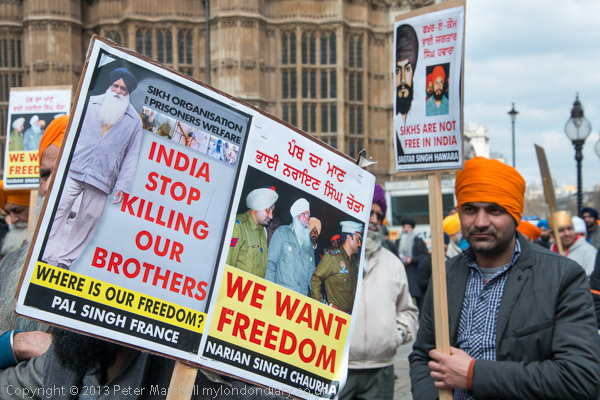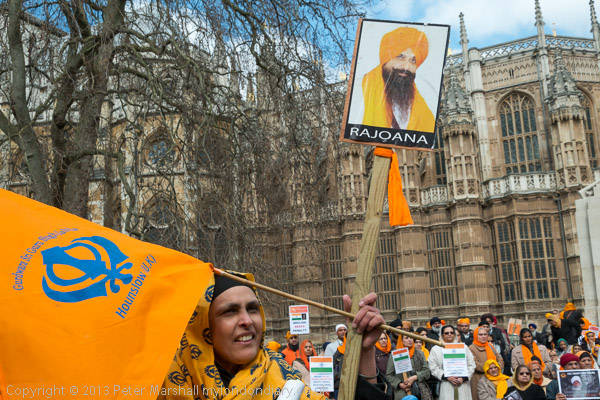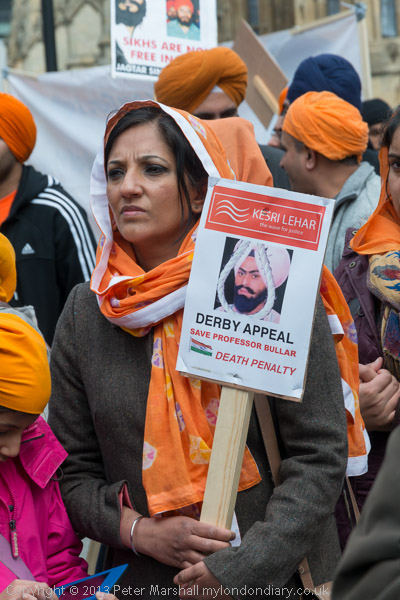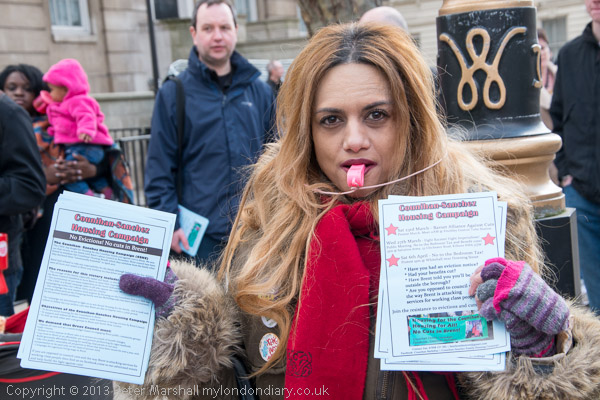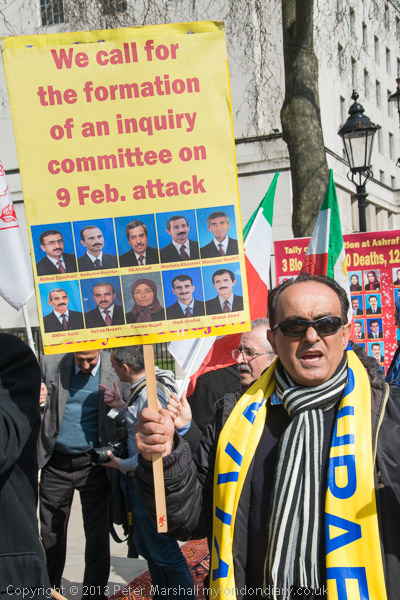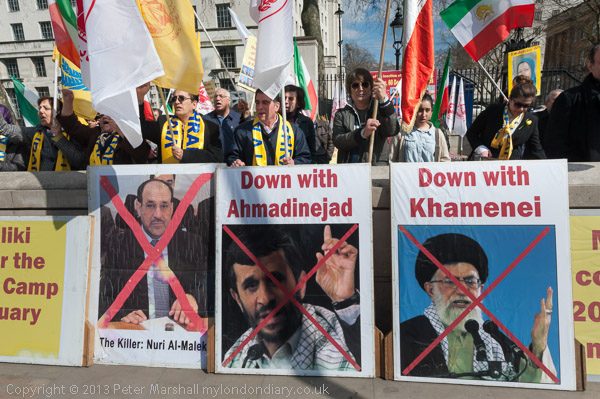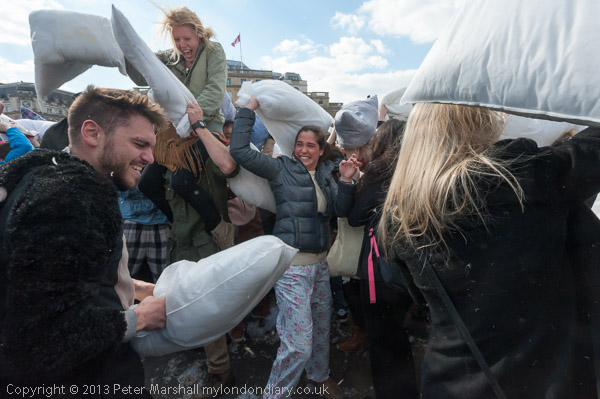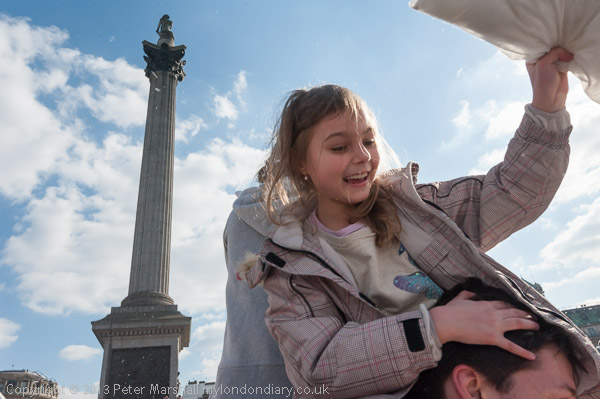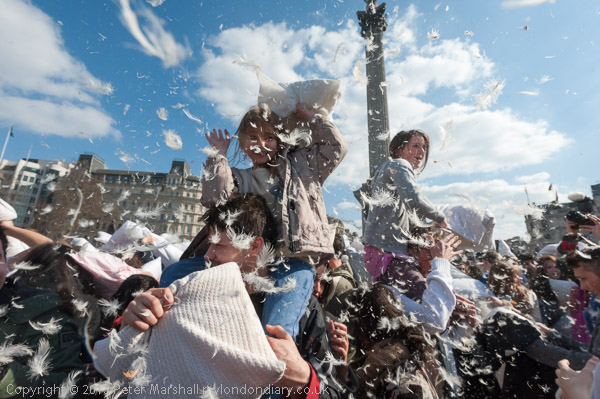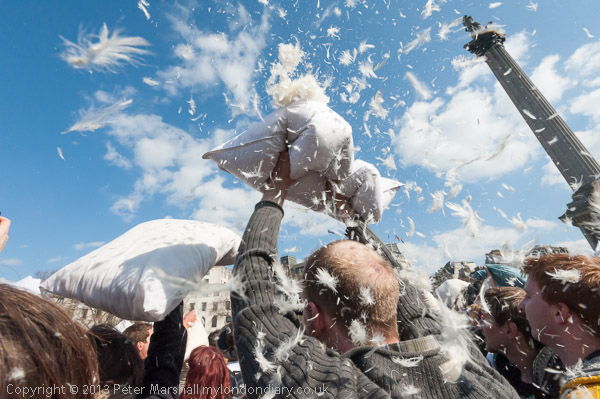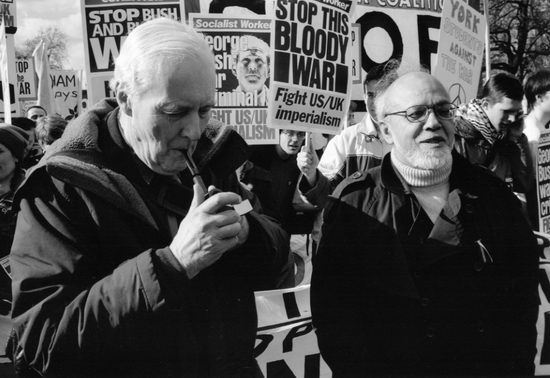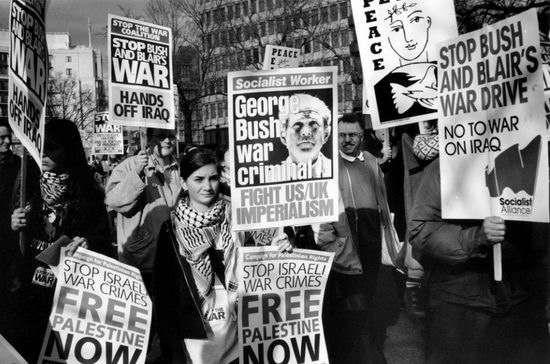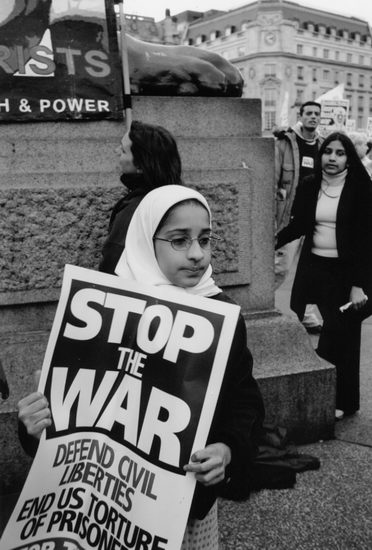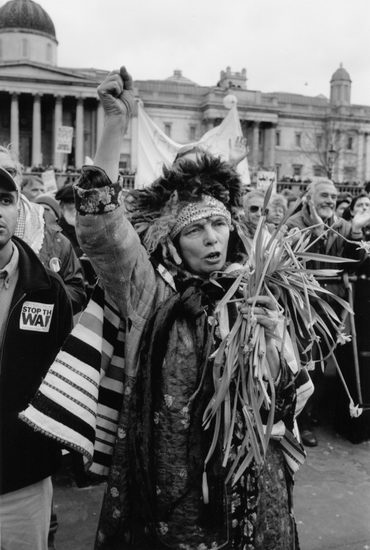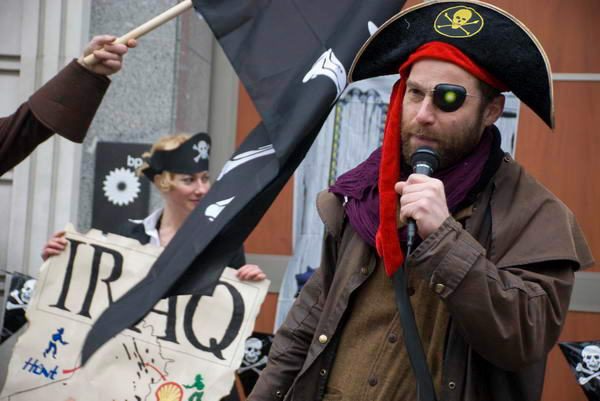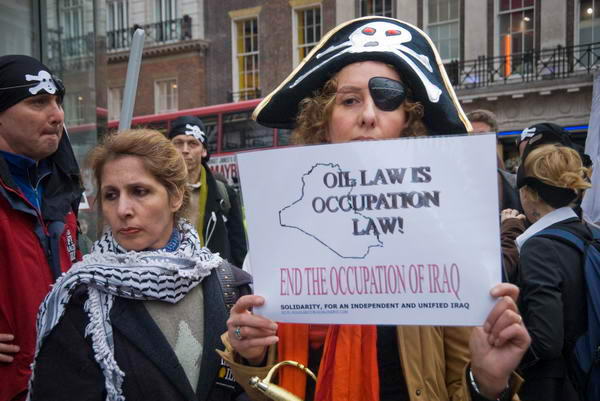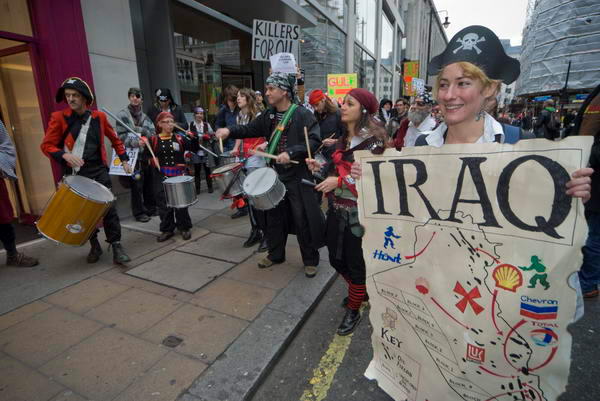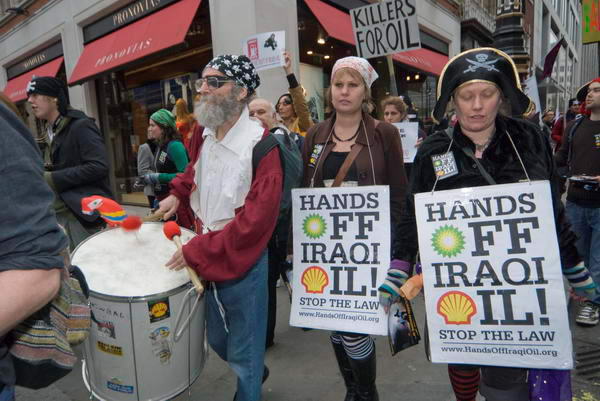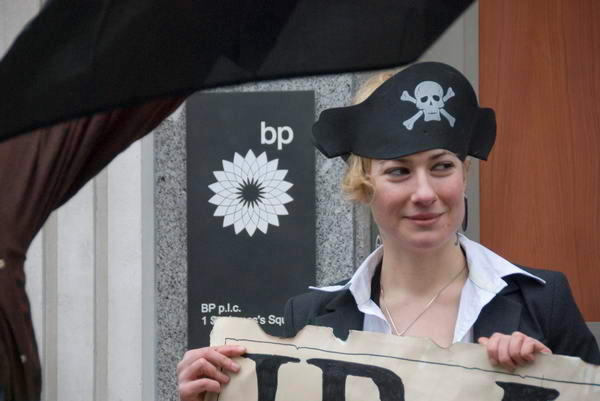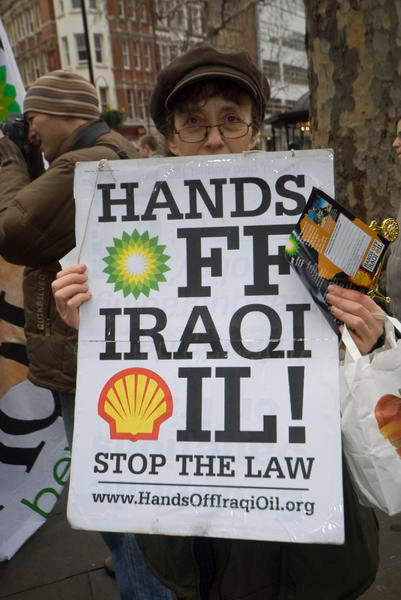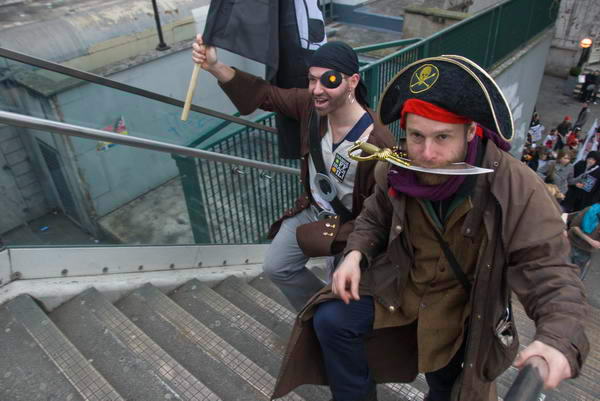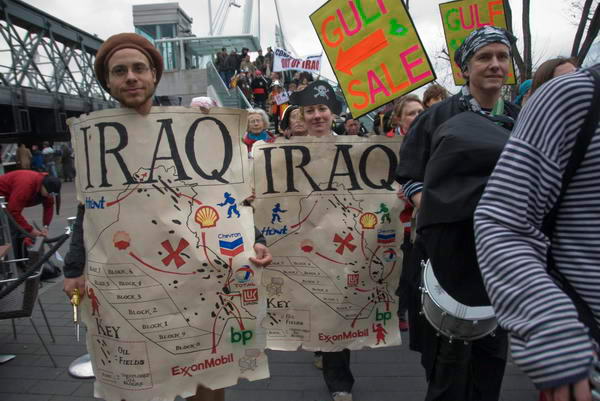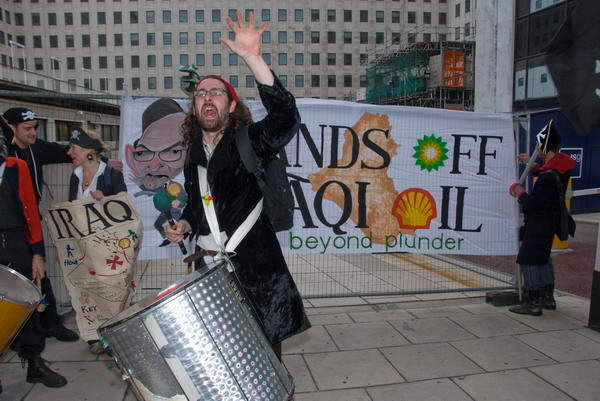Last Saturday, 8th October 2022, I photographed a protest in London against the imprisonment and possible extradition of Julian Assange, currrently held in the UK’s maximum security jail at Belmarsh.
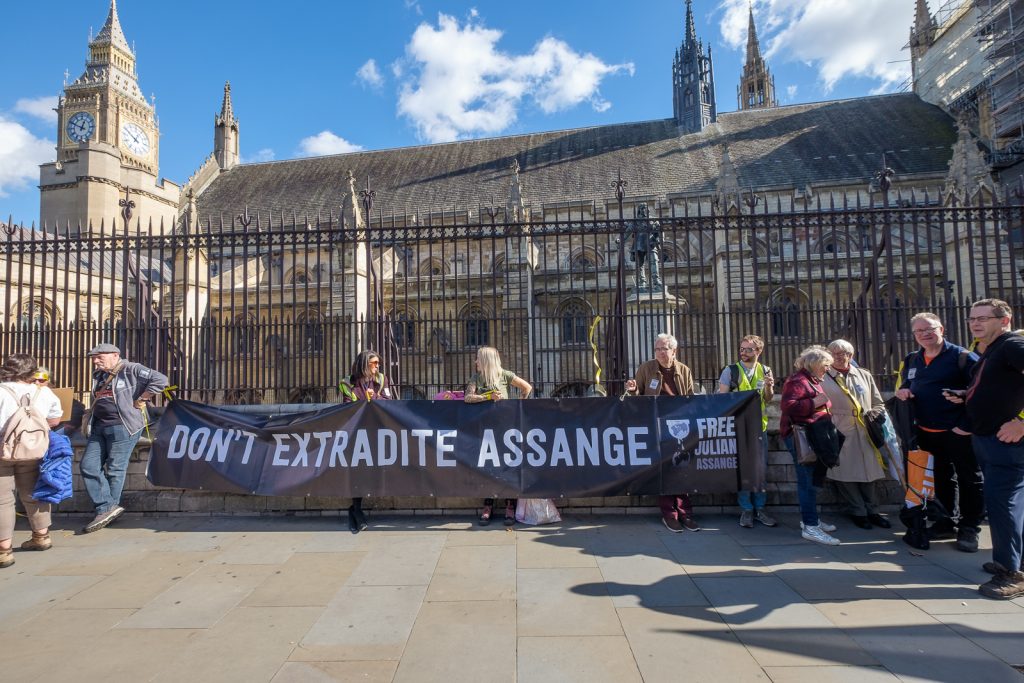
Assange’s “crime” was to publish documents about US war crimes in Afghanistan, Iraq and elswhere, making documents downloaded by Chelsea Manning, making them available after suitable redaction to protect the individuals concerned to the world’s press and to the public on WikiLeaks. Wikipedia has a good and fairly detailed entry on him which most of the details here come from.
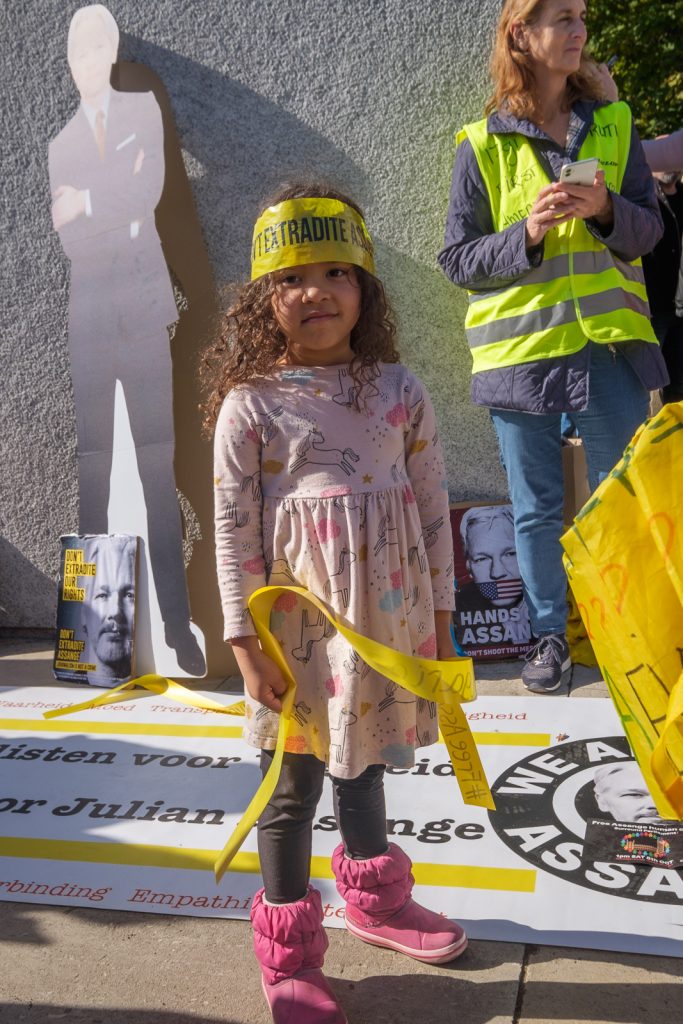
If extradited to the US he would be put on trial in a area where the jury would be composed of people from an area with strong connections to the US security services who will already have pre-judged him as guilty. His sentence is likely to amount to 175 years in a US maximum security jail, probably in isolation and never to be freed.
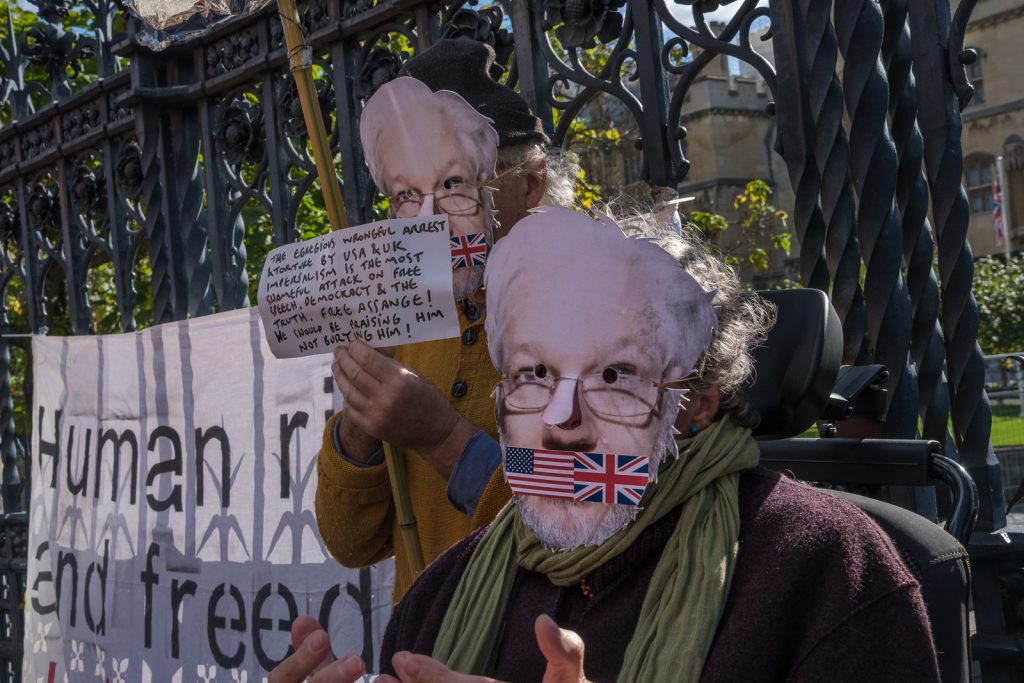
In 2010 Sweden issued an extradition warrant for him on allegations of sexual misconduct, which were widely seen as a pretext to enable him to be extradited from Sweden to face criminal charges in the USA. When in 2012 he lost his fight against extradition to Sweden he jumped bail to take refuge in the Ecuadorian Embassy in London, where he lived in highly restricted accomodation until 2019.
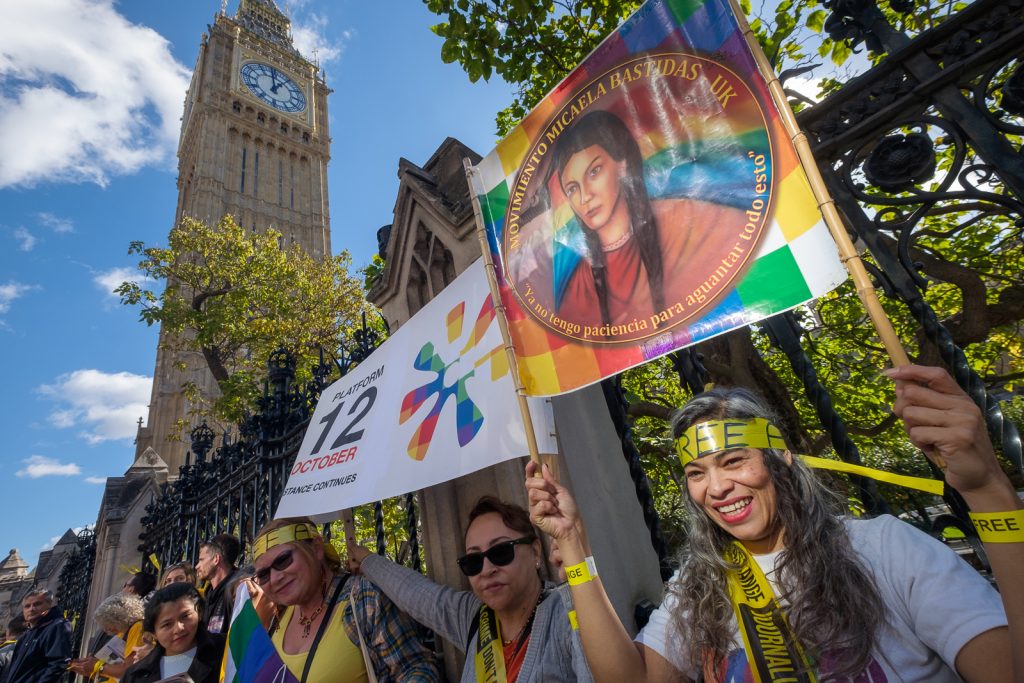
A new government in Ecuador decided to end his asylum in the embassy and invited police in to arrest him in April 2019; he was then sentenced to 50 weeks in jail for breaching his bail. The Swedish sexual charges against him were dropped later in the year, but the USA immediately began proceedings to extradite him to face trial under the US 1917 Espionage Act.
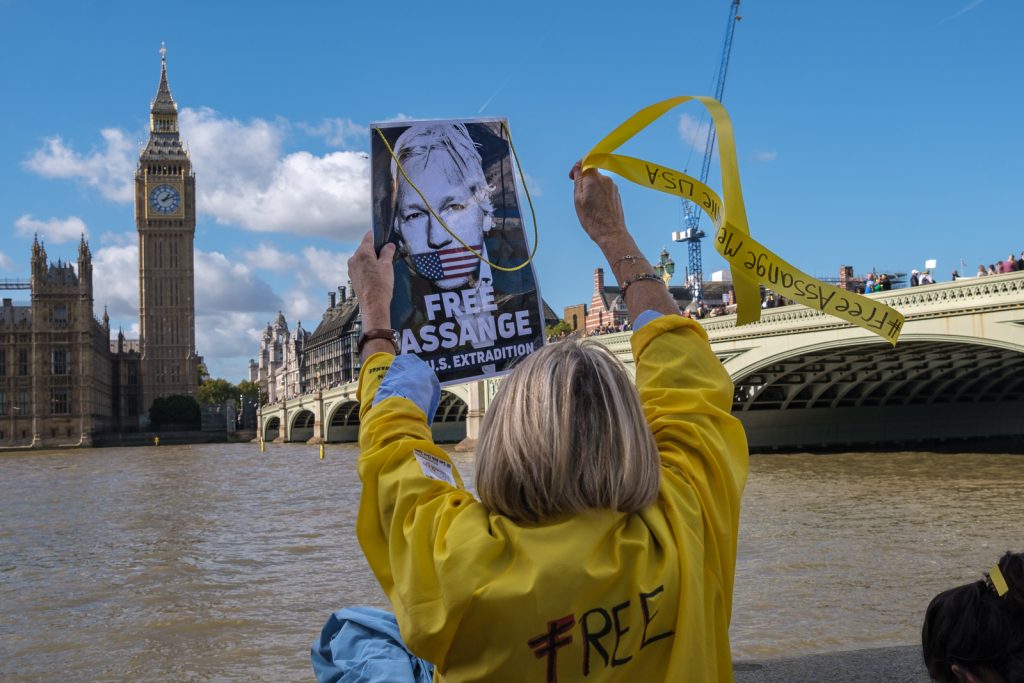
The decision to use this Act has been widely criticised in the press and elsewhere as being an attack on the First Amendment to the United States Constitution, which guarantees press freedom. And if Assange is guilty then it seems clear that the editors of the newspapers that published the revelations he made in publising the Baghdad airstrike Collateral Murder video, the Afghanistan war logs, the Iraq war logs and other material could also be prosecuted. Even my publishing the link to the video could be a crime.
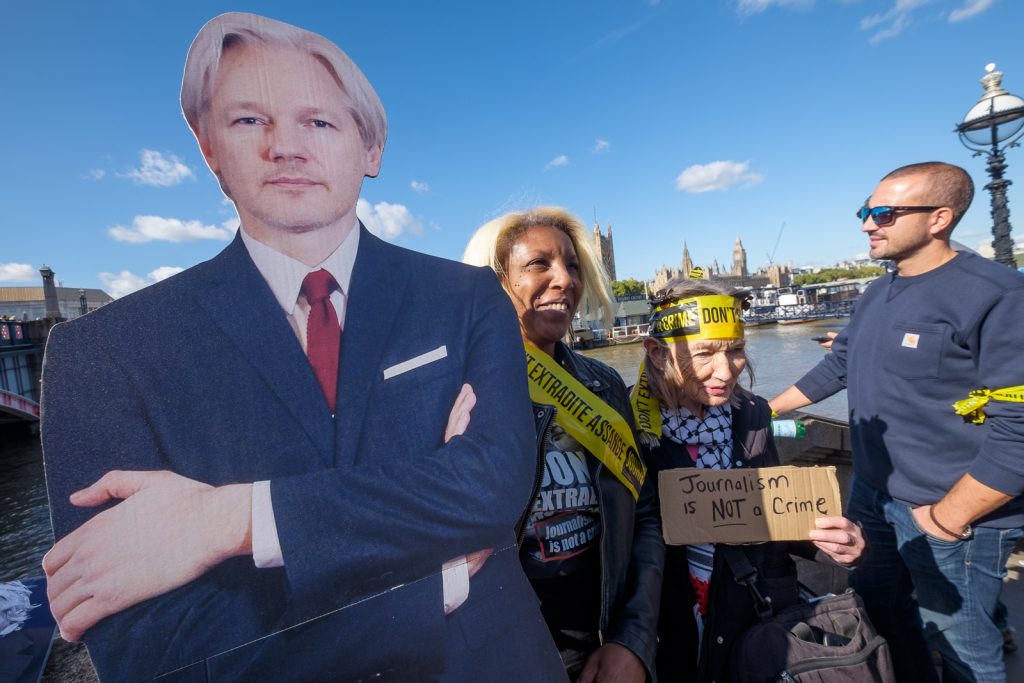
Assange’s sentence was completed in September 2019, but he was kept in jail because of the US extradition claim. He had been visited earlier by Nils Melzer, the United Nations special rapporteur on Torture and Other Cruel, Inhuman or Degrading Treatment or Punishment, who, as quoted on Wikipedia found “in addition to physical ailments, Mr Assange showed all symptoms typical for prolonged exposure to psychological torture, including extreme stress, chronic anxiety and intense psychological trauma.”
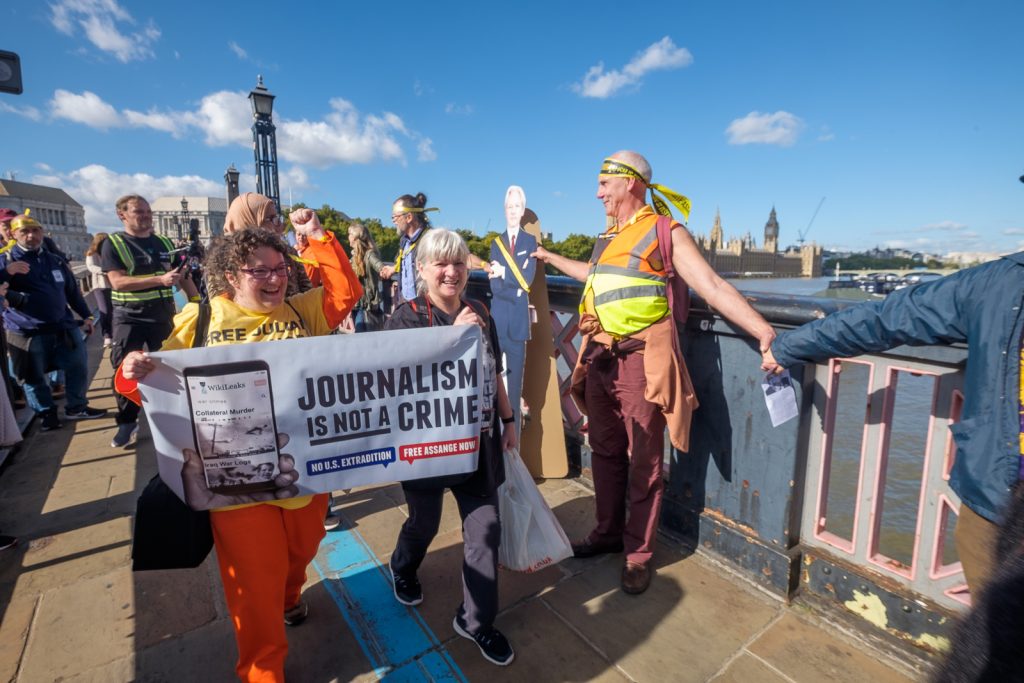
After a protracted hearing including much medical evidence, a judge on 4 January 2021 ruled that Assange could not be extradited to the USA on grounds of mental health and the suicide risk in a US prison cell. The USA appealed the decision, and Assange remained in jail. The High Court rejected much of the medical evidence, believed the US lies of fair treatment made and found in favour of the USA on 10 December 2021.
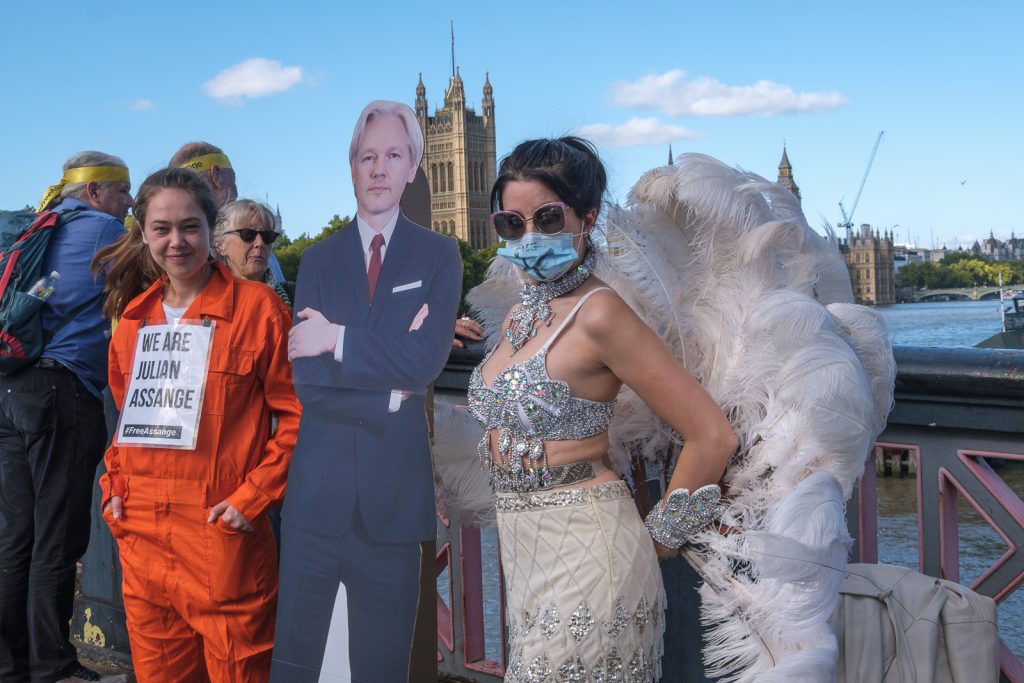
In April his extradition was formally approved in court and referred to Home Secretary Priti Patel, who approved it in June. But the legal battle continues with a new appeal. Essentially Assange has now been locked up for 10 years. Wikileaks has continued his work in releasing information in his absence. The continuing persecution by both the UK and USA for revealing their war crimes seems spiteful and malicious.
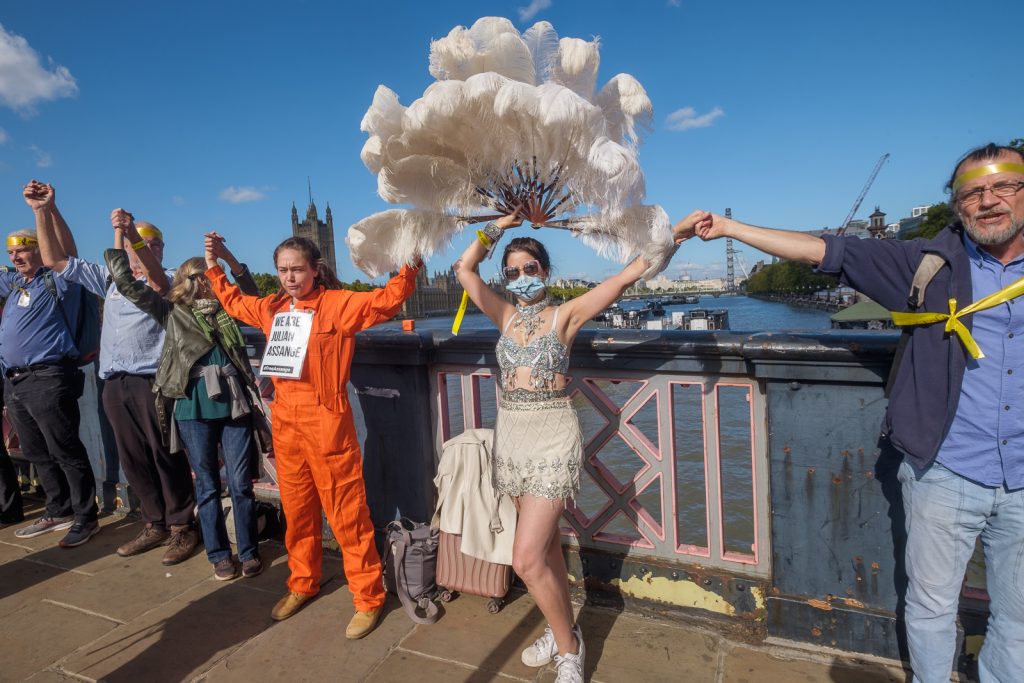
On Saturday 8th October I photographed a protest in London by around 10,000 people who formed a human chain calling for Assange to be freed and not to be extradited around the Houses of Parliament, crossing the river on Westminster Bridge and returning across Lambeth Bridge, a distance of a little over two kilometres.
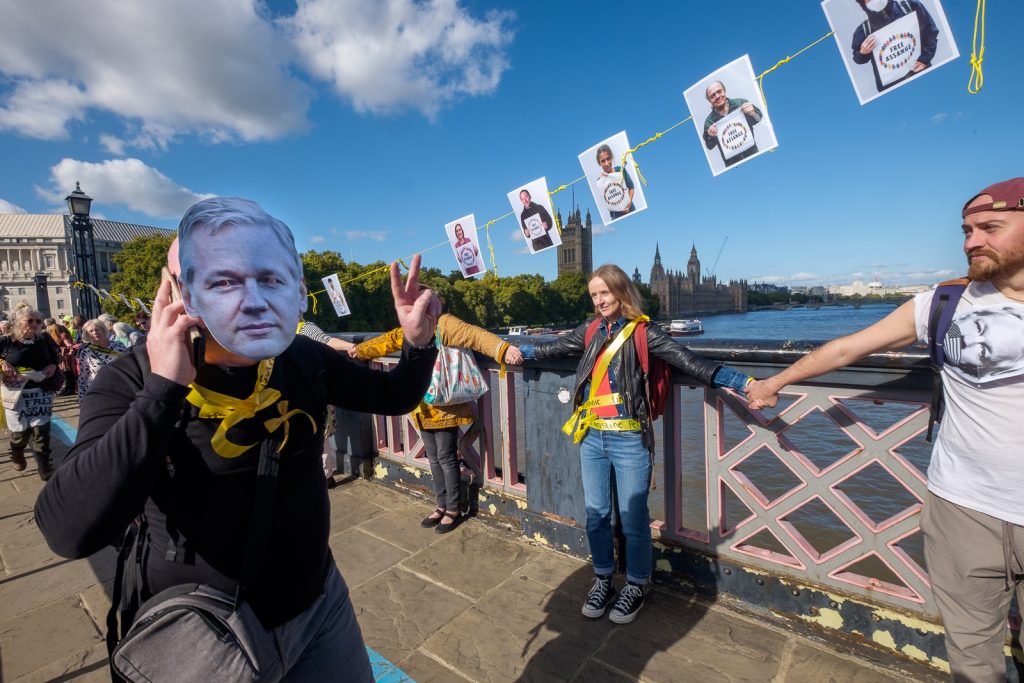
It’s difficult to know how many took part, but there seemed to be enough people to join hands, with quite a few to spare in some parts where people were shoulder to shoulder and some to spare. The organisers had thought they would need around 5,000 so I think it was probably rather more than that; estimates I’ve seen range from 3,000 to 12,000. But as well as those present in person, many unable to get to Londonwere represented by yellow sashes with their names on them.
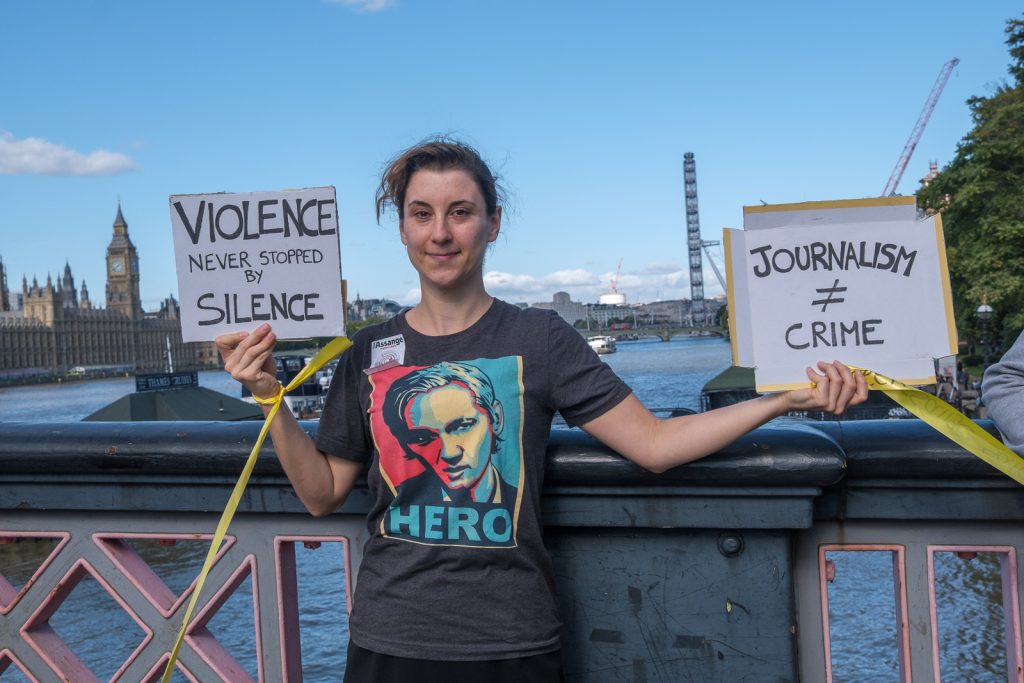
When I arrived people were tying these to the railings around the Houses of Parliament, but police came to remove them, handing them back to the protesters. They said nothing was allowed to be fixed to the railings. Many of the protesters held or wore the sashes for the protest, and although I don’t often take part in the protests I’m photographing, most of these pictures were taken by me with a sash reading ‘#Free Assange Monique Dits Belgium‘ around my neck.
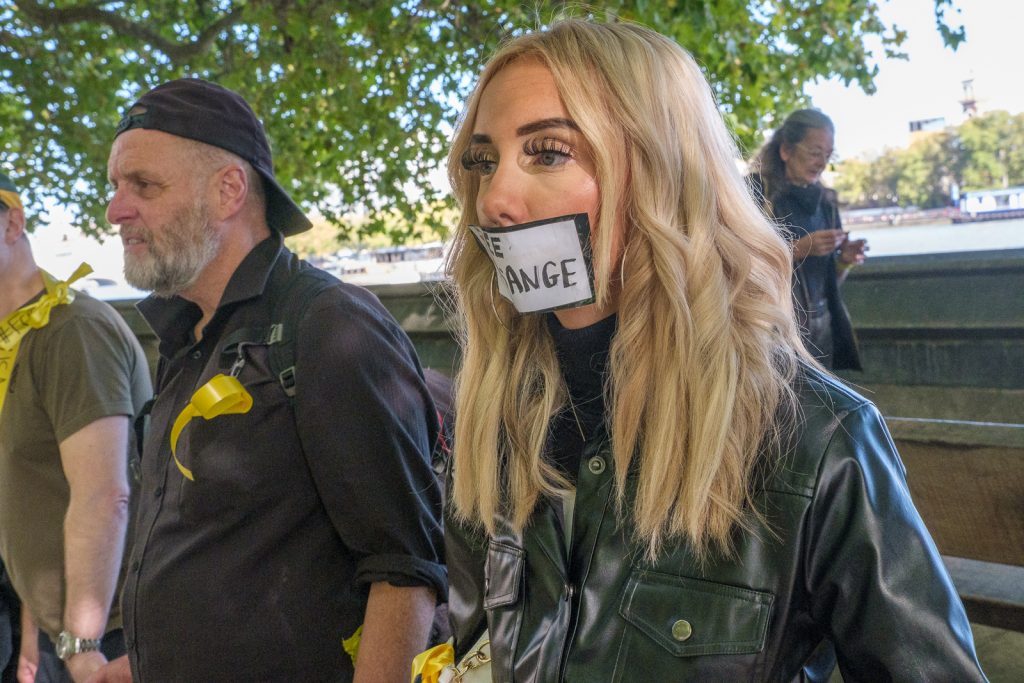
At around 1.30, rather later than planned people were told to link hands and they chanted ‘Free Assange’ and other slogans for a few minutes. I’d chosen to be on Lambeth Bridge for this as I could then take photographs with the Houses of Parliament seen across the Thames in the backgound.
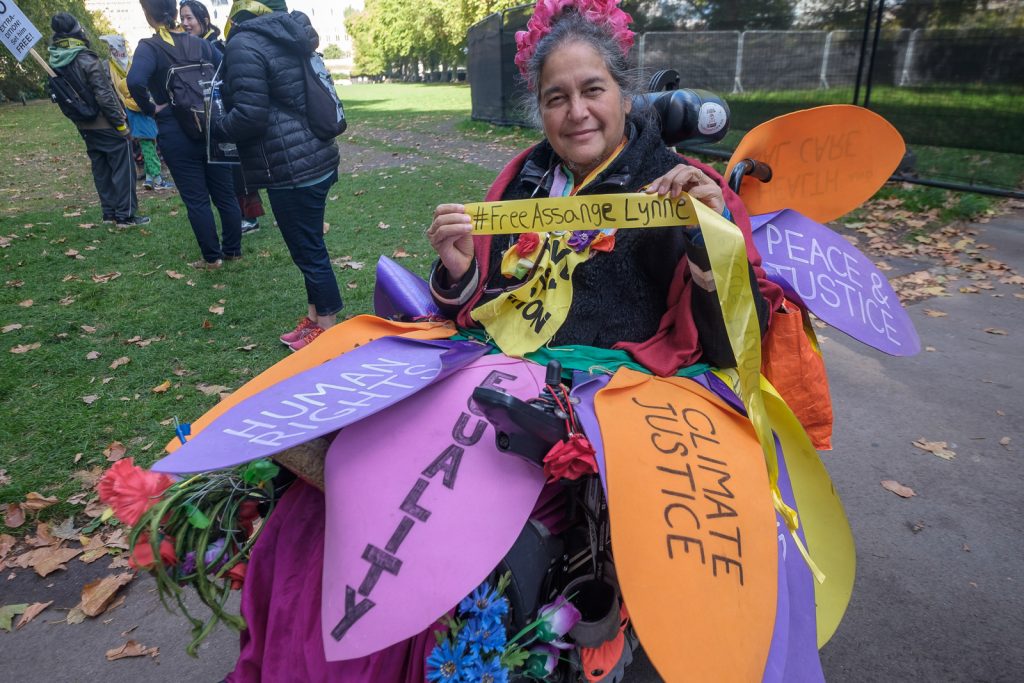
After taking some there I made my way along the rest of the chain back to Parliament, on my way passing John McDonnell being interviewed by a videographer. Normally I would have stopped to talk to him, but by now I was rather tired, still suffering a little from my booster jab the previous day and I carried on, past a small crowd of people with video and still cameras three or four deep around Jeremy Corbyn. But I’d decided he wasn’t really the story and carried on. I’ve photographed him enough times over the many years I’ve known him.
You can see more of the pictures I made in the album Human Chain Around Parliament Says Free Assange.
